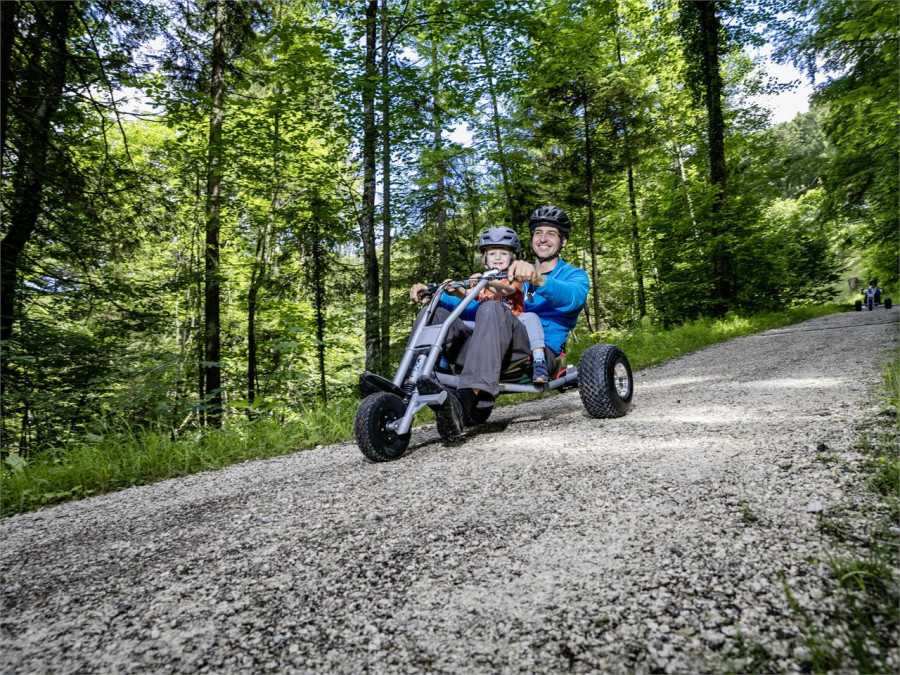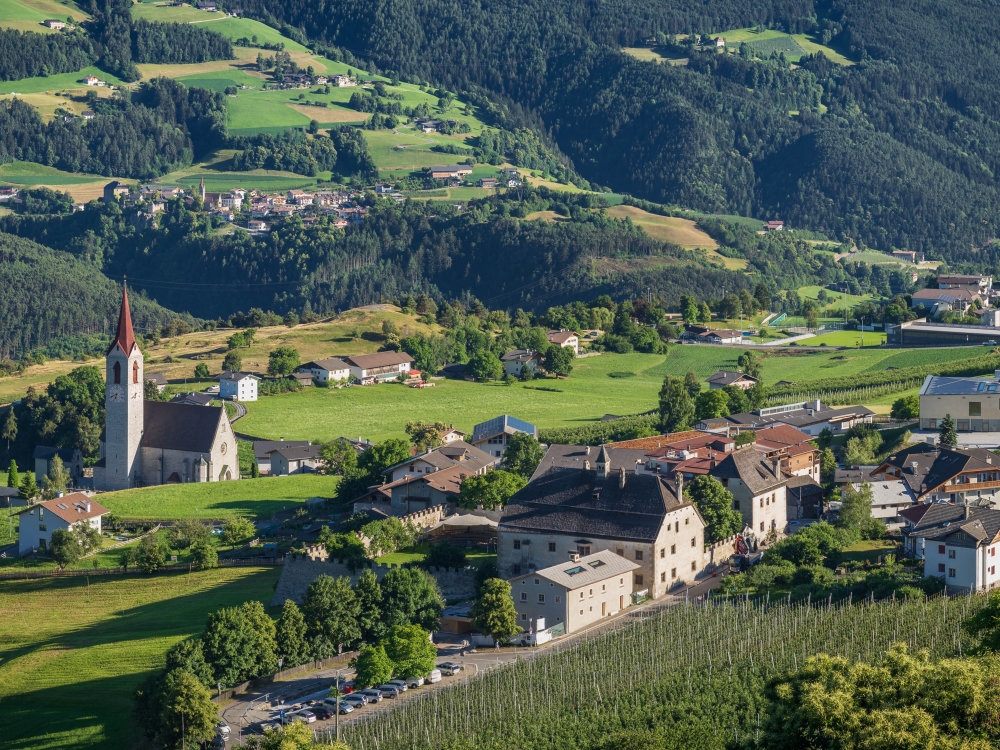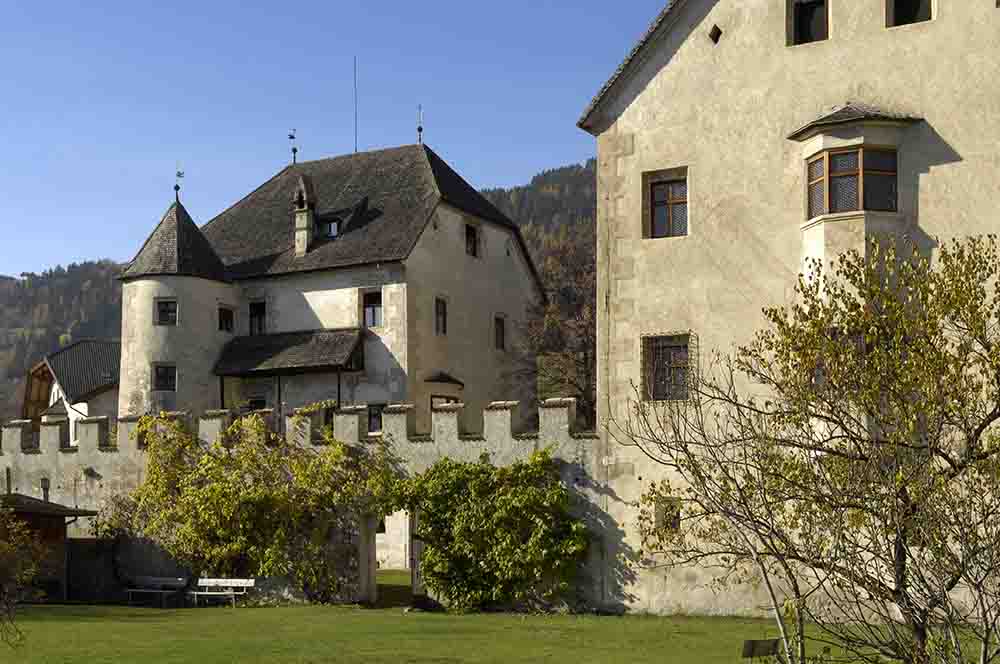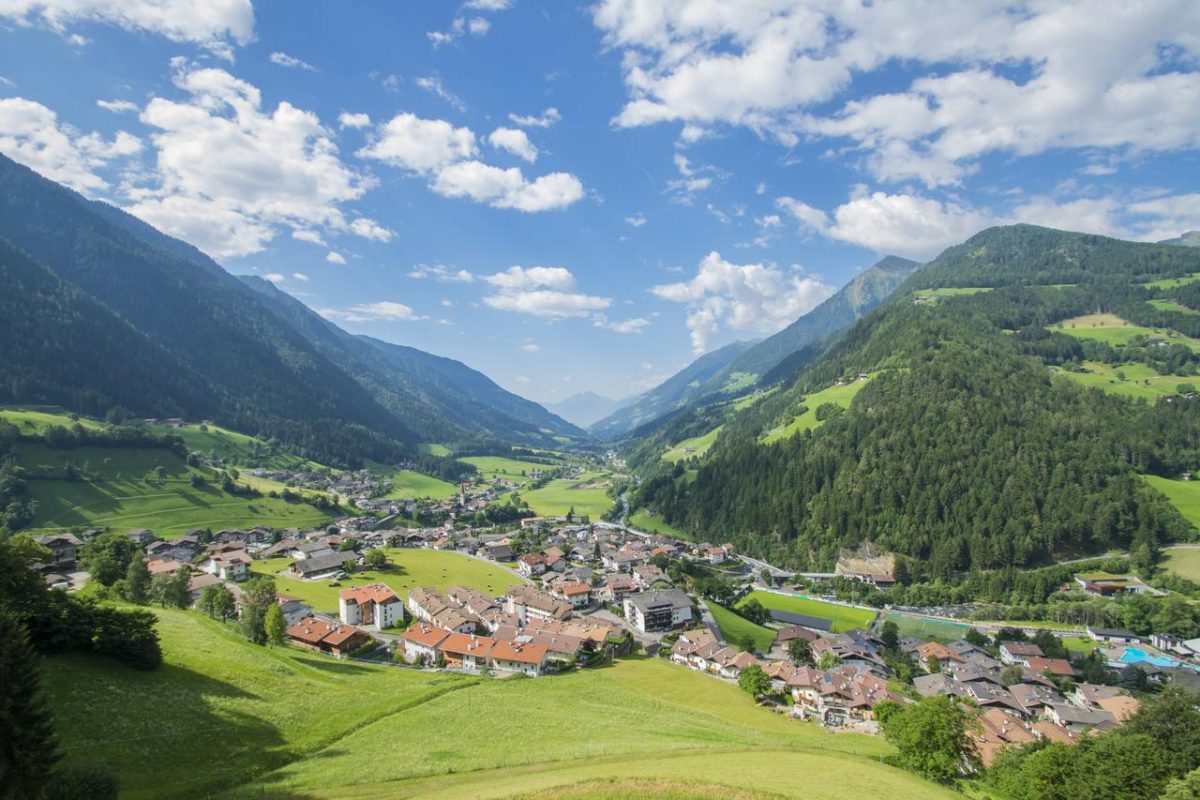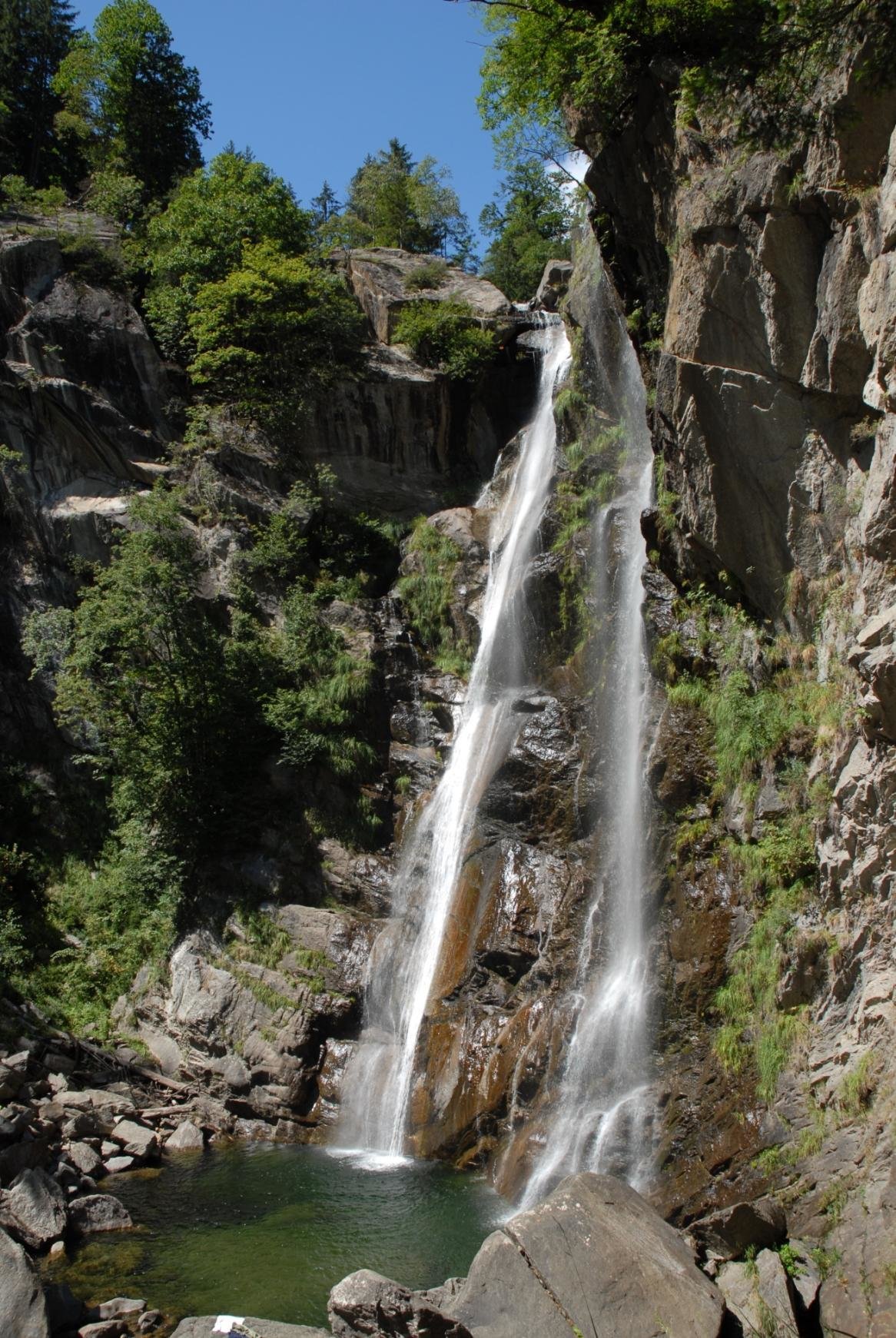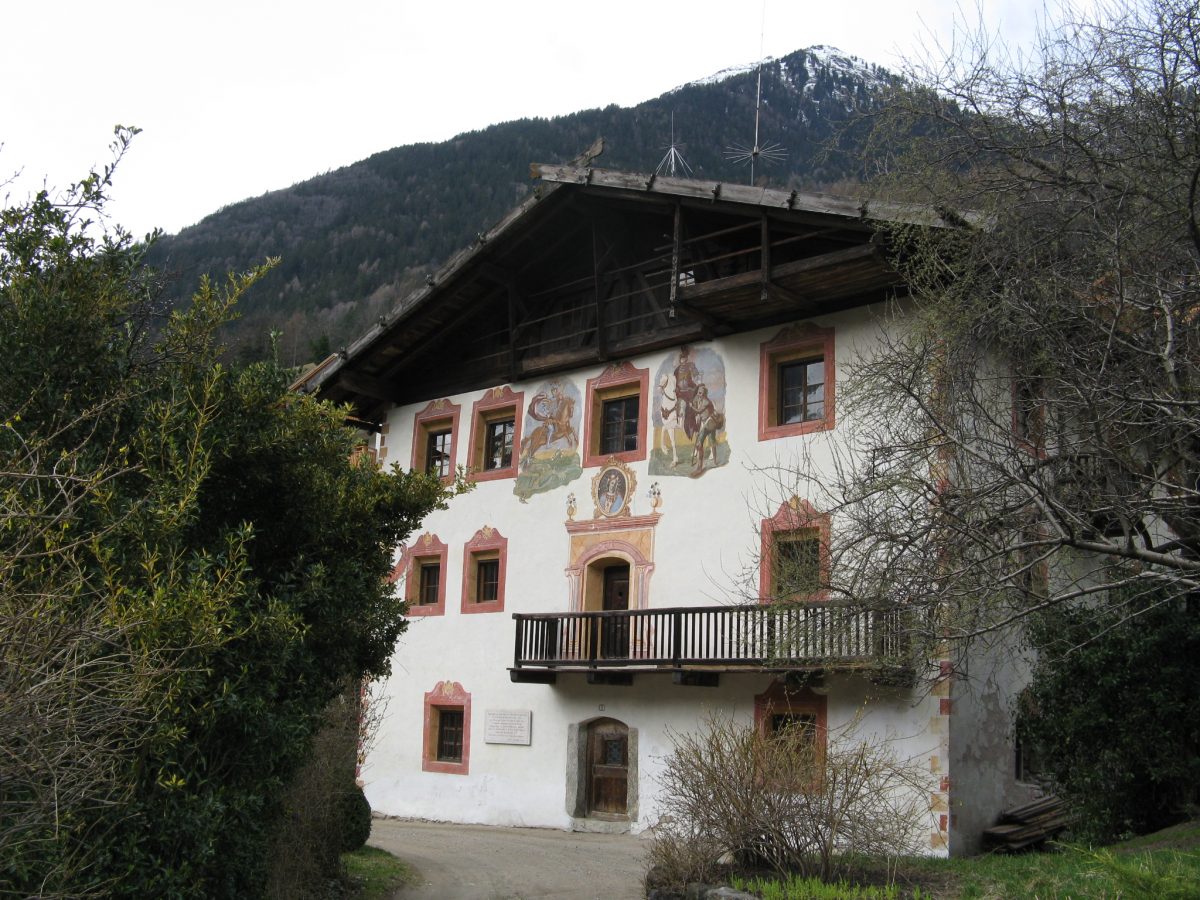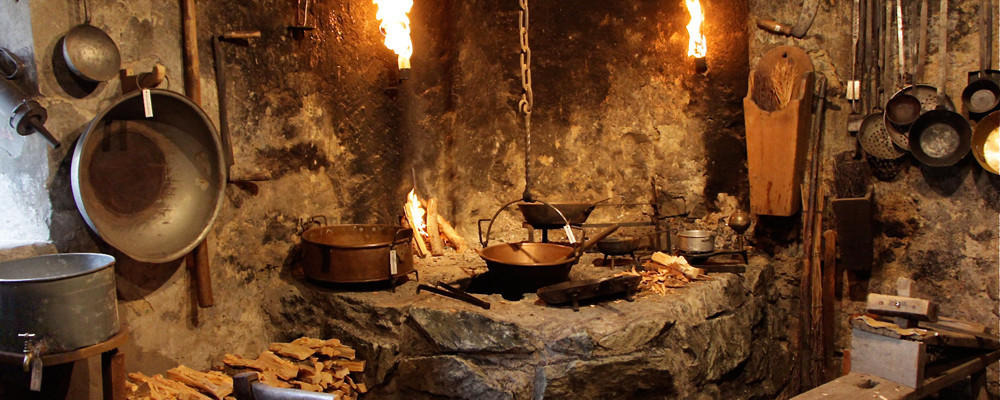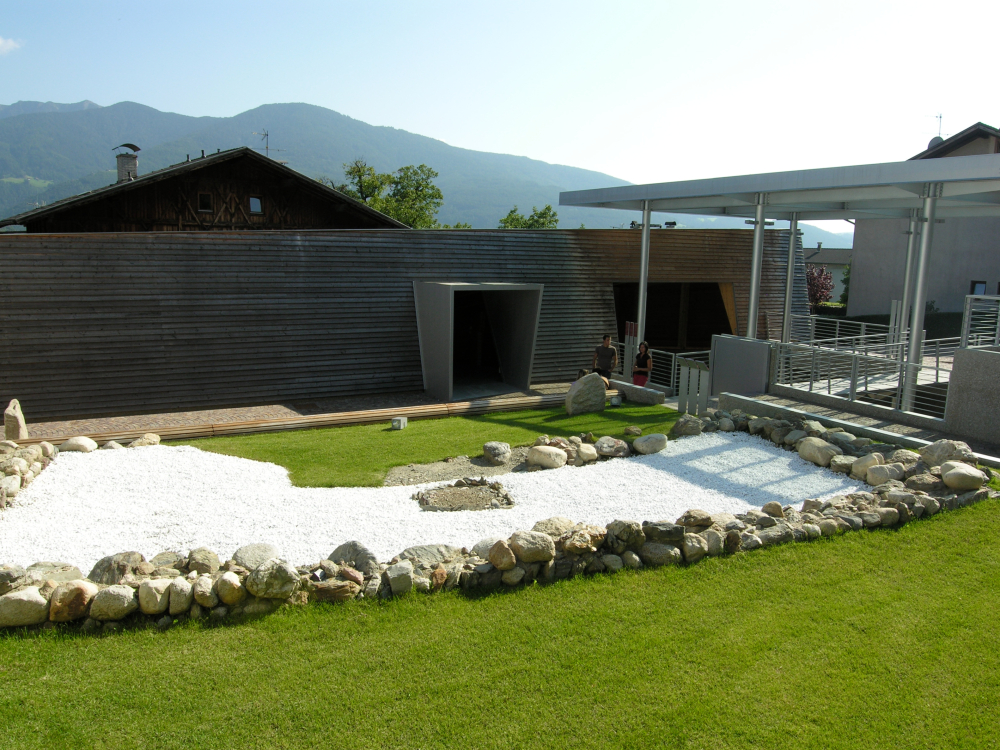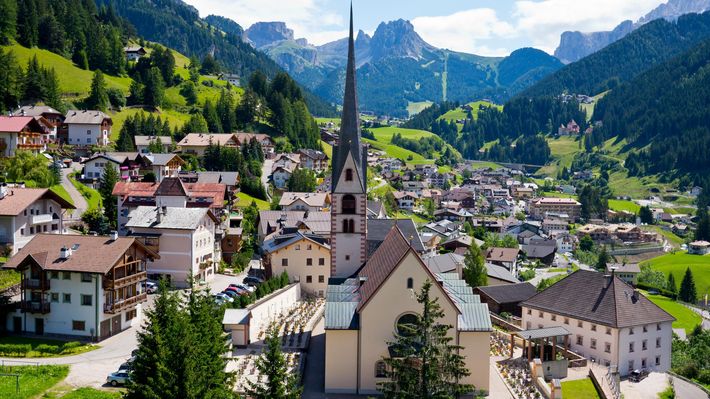How to reach San Cristina in Val Gardena
The sun-kissed village at the foot of the Sassolungo
A place to find your inner peace, while the time away, and one village which will keep you coming back: these qualities – or similar ones – always crop up when talking about the sun-kissed village of Santa Cristina in Dolomites Val Gardena. The village is surrounded by verdant, blossoming meadows and interesting rocky shapes and forms, making this beautiful village a location where hospitality and traditions go hand-in-hand. S. Christina has fewer than 2,000 inhabitants and most of them work in tourism and are always delighted to welcome the countless hikers, cyclists, skiers and families that spend their holiday in this magical location.
Culture and associations in S. Cristina
Cultural events and associations are a very important part in S. Cristina, yet another proof that locals of Dolomites Val Gardena live up to the sense of duty they feel towards their home. The village band has been around since 1856 and the choir since 1972. Moreover, folk music is performed and kept alive in countless other musical associations.
The majority of the associations take care of shaping the cultural life in S. Cristina. They organise celebrations where locals and guests alike mingle and celebrate many times a year.
Sightseeing: What you shouldn’t miss out on in S. Cristina
We could stay here until the cows come home listing the sightseeing opportunities in S. Cristina. You should absolutely walk around the quiet and peaceful roads of the village centre and take in the beautiful buildings. When having a gander around, you should make the most of this opportunity to visit the parish church of Santa Cristina. Here you’ll find some works of art made by renowned sculptures of the region. The Fischburg castle is located between S. Cristina and Selva Val Gardena. In the 17th century it was built by Engelhard Dietrich von Wolkenstein-Trostburg, and the Renaissance summer and hunting castle is a true treat for the eyes. You cannot visit the castle as it’s a private residence but you can enjoy the view of the building. You can also visit the spherical sundial on the Monte Pana. If you’re interested in the history of the railway then you should walk along the Dolomites Val Gardena rail tracks where you’ll find more information about the history of our train on 14 informative wooden boards. Even the Tervela waterfall is worth a visit. It’s located directly opposite the village centre and is a perfect place to while the hours away. Another waterfall can be found in Soplajes, a fraction of S. Cristina.
Sports in S. Cristina
S. Cristina offers sport opportunities for the whole year. Countless walking paths and vie ferrate start here and lead active holiday-goers into the Dolomites. Even tennis courts, a swimming pool and a multifunctional sports ground provide for a lot of diversity and fun. S. Cristina is a favourite especially among winter sport lovers. The cross-country ski centre on Monte Pana is just as famous as the Sellaronda, which skiers in S. Cristina can directly access. Dolomiti Superski is a skiing carousel at the heart of the Dolomites – a UNESCO World Heritage Site – and offers pure skiing bliss to every guest. If you’re also interested in watching professionals do what they do best, you can watch on as they compete in two races of the Alpine ski cup in Dolomites Val Gardena. The downhill races on the Saslong slope are also an absolute thrill-seeker’s delight. Moreover, a super slalom race also takes place.

